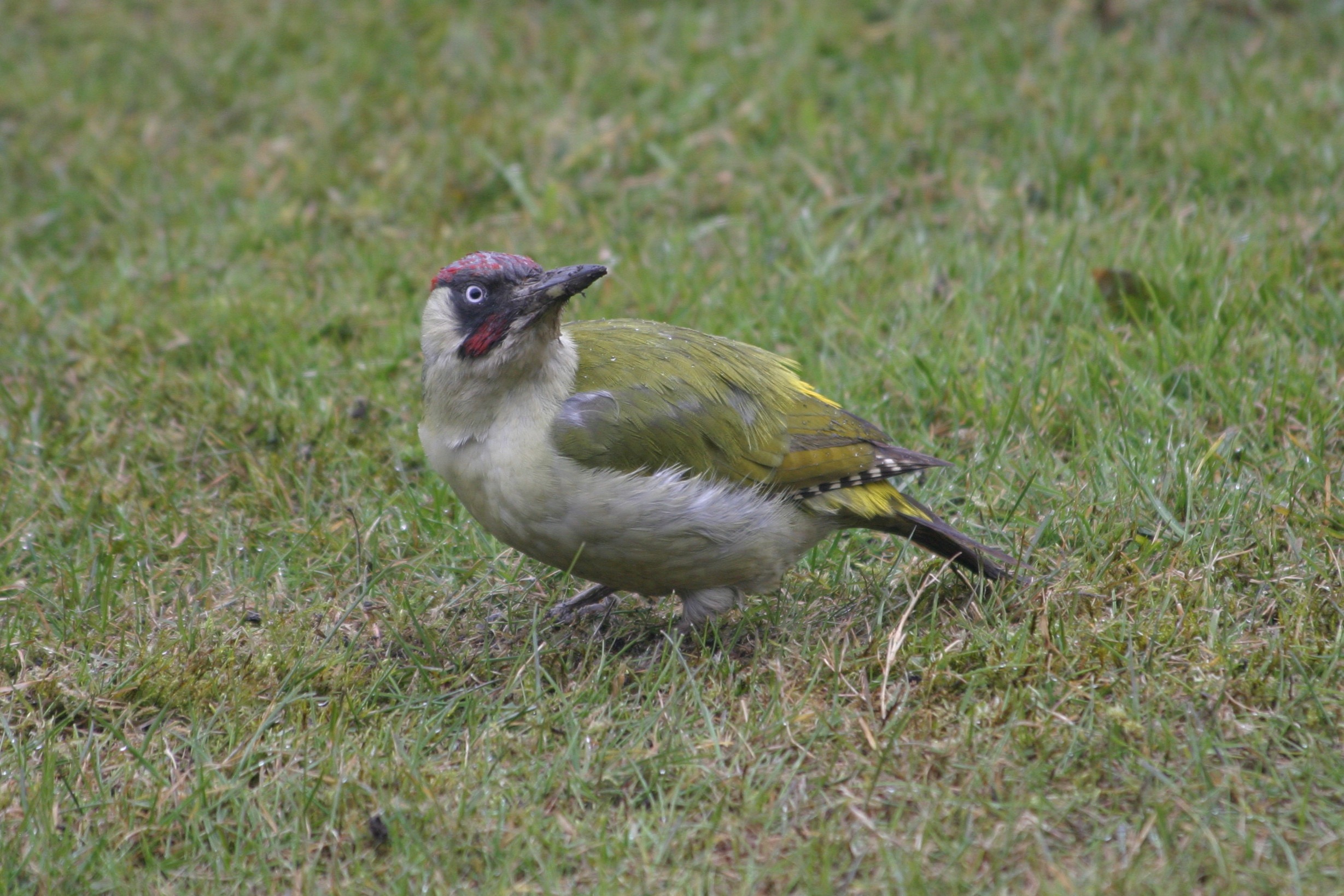At last, and considerably later than last year, the first snowdrops have begun to appear. The clump below are a taller variety than the common or garden ones that appear in the hedgerows locally and all over our garden, and an earlier variety too. I’ve no idea what their name is - no doubt a galanthophile could tell me - but the appearance of them is always a cheerful sight in the gloom of winter. The ordinary ones, meanwhile, look like hundreds of pairs of tweezers stuck in the ground with small blobs of white popped on the top, impatiently waiting for the sun to shine to transform them into the real thing. A bit like butterflies.
To me though one snowdrop looks much the same as another. Every year at this time various erudite magazines run features showing dozens of different cultivars but I struggle to differentiate one from another without the help of a magnifying glass, and then wonder why some people spend a small fortune to buy a bulb or two of the latest novelty. I suppose the triumph of owning something others don’t gives the sort of pleasure that most get by gazing at carpets of white mere-mortals. By the way, did you know that chewing the occasional snowdrop bulb can help stave off Alzheimers…apparently galantamine is good for you.
Talking of bulbs, a snowdrop’s are very similar to those of alium triquetrum: I love most aliums but I hate triquetrums. Nasty, unlovely, they reek of onions and spread like rabbits. They were everywhere in this garden when we arrived six years ago but I’m waging war on them now that I can tell the difference in their bulbs. And at this time of year their straggly leaves are a real giveaway so I can dig them up before they flower and spread their seeds around like casanova. Apparently all parts - bulb, leaves, flowers - are edible and can be used for making pestos or in salads but that’s no reason for tolerating them in this garden. If anyone would like a few, let me know or else they’ll go on the bonfire.












